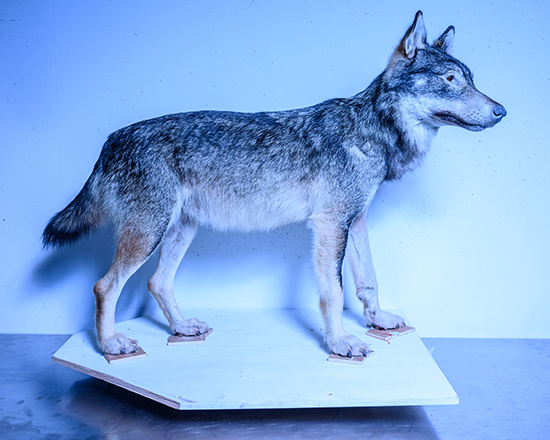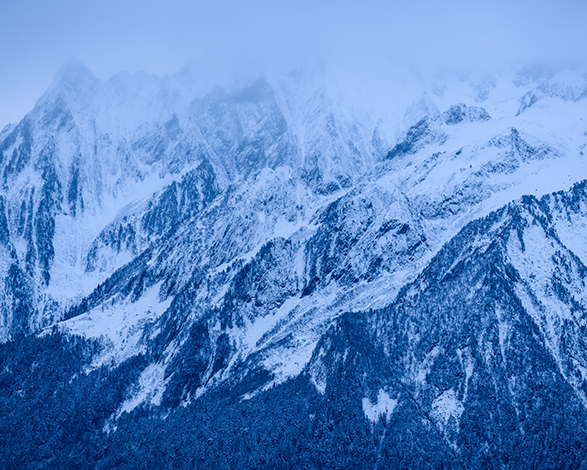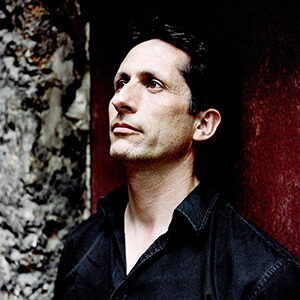Guillaume Herbaut “Dusk[s] – Conversations with Eugène Trutat”
- Exposition
-
Public
- Tout Public
Combining archives, landscapes and still lifes, he offers us an original conversation that allows us to redefine the visual and sensitive contours of a new relationship with the world.
Guillaume Herbaut, a photojournalist, is the winner of the Résidence 1+2 Factory in 2022. For several months now, he has been working on a new series in partnership with the Toulouse Natural History Museum, based on the Eugène Trutat collection. Eugène Trutat was the first Director of the Museum, a photographer, Pyrenean geologist and naturalist at the end of the 19th century, and one of the precursors of photography. An exceptional collection of thousands of photographs on glass plates focused on everyday life from 1860 to 1910 is the starting point for Guillaume Herbaut's approach.
Exhibition presented as part of the Résidence 1+2 Factory, in collaboration with the Toulouse Museum.
Back to the Pyrenean landscapes of Eugène Trutat
Science has never been so central to public debate. Scientists analyse, research, compare, publish articles and reports. In short, they are on the front line. Our photographers in residence are often the privileged witnesses of their contemporary questioning, while they also provide their distanced and innovative views. It is in this sensitive and creative groove that all the actions of Résidence 1+2 in Toulouse have been taking place since 2016: creating new visual content in local areas in order to question more universal issues. From its very beginning, photography has been interacting with science. Photographers and scientists share a desire to give meaning to the visible or the invisible, and thus to construct new forms of interpretation. Associating photography with science means creating a virtuous chain of transmission of knowledge and practices. 1+2 claims to be a laboratory of ideas and a factory of possibilities. Isn’t that also the appropriate definition of a creative residency? It is true that, at first sight, everything opposes photography and science: they have neither the same object nor the same methods and aims. If the former summons the sensitive and the imaginary, the latter is based on reason and reality. And yet, on closer inspection, they all have in common that they question the world by making the invisible visible, pushing back the frontiers of knowledge, making us see differently. By associating photography and science, Résidence 1+2 produces, enhances and promotes an author’s photography in close connection with an exceptional territorial scientific heritage. It also aims to bring together people who wouldn’t otherwise have the opportunity to talk to each other.
At a time when the frontiers between all disciplines are crumbling, to bring together photographers and scientists in the same project is to invite them to join forces, to encourage new cross-disciplinary approaches, to renew creative forms to help us, together, to better understand and act on the challenges of the contemporary world. For the first time in his long career as a photojournalist, Guillaume Herbaut is immersed in a photographic collection at the Toulouse Museum of Natural History, the exceptional Eugène Trutat collection of thousands of photographs on glass plates focused on everyday life from 1860 to 1910. Eugène Trutat was a photographer, Pyrenean specialist, geologist and naturalist at the end of the 19th century, and one of the precursors of photography. This collection is the starting point for Guillaume Herbaut’s reflections, who has also endeavoured to create visual links with several other scientific disciplines, including taxidermy. Through his photographs, Guillaume Herbaut returns to the landscapes of Eugène Trutat by focusing on the Luchonnais region. Combining archives, landscapes and still lifes, he offers us an original conversation to redefine the visual and sensitive contours of a new relationship with the world. At the end of the 19th century, Eugène Trutat lived in a world of protean discoveries in which science supported many human experiments, for better or for worse, and in which the Western man was very powerful. Guillaume Herbaut’s photographic approach is part of a pivotal period, the one we are currently experiencing, that of climate change and an uncertain European conflict. He is aware of the finiteness of our contemporary world, and we are privileged witnesses of his questioning. Does this herald a new era?
Philippe Guionie, curator of the exhibition – Director of the Résidence 1+2 -Toulouse


Biography of the artist

Guillaume Herbaut, a French photographer, member of Agence VU’ since 2021, based in Paris.
Alongside commissions for the press, his documentary work takes him to places steeped in history, the symbols and memory of which he questions in order to reveal their invisible tragedies: Chernobyl, Auschwitz, Nagasaki and more recently the conflict in Ukraine. His photographs have been exhibited at Jeu de Paume, Maison Rouge, Grande Arche du Photojournalisme and in numerous festivals. He has received several awards, including three World Press awards, a Golden Visa, the Niépce prize in 2011 and, in 2016, the Bayeux-Calvados award for war correspondents, within the web journalism category, for his travelogue in Ukraine produced by Arte Info. His book Ukraine, Terre désirée, published by Éditions Textuel in 2022, traces the origins of the conflict through twenty years of reporting.

